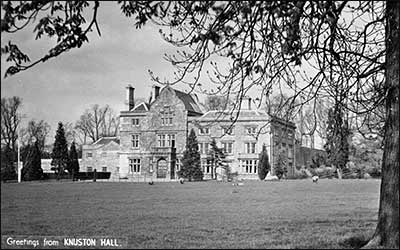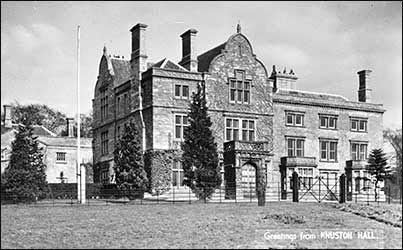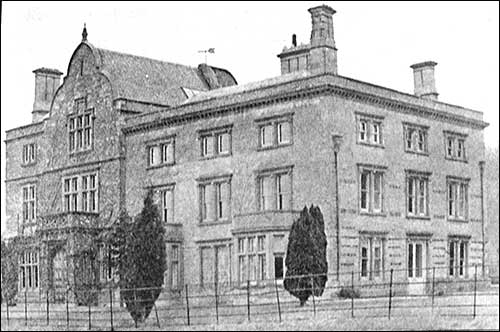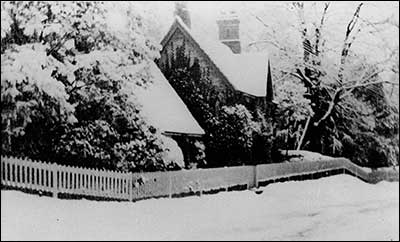Is a hamlet, most picturesquely disposed, at the distance of about a mile from Rushden, but in Irchester parish. In Domesday-book, it is written Cnuteston, which I am strongly inclined to fancy is derived from King Canute, particularly as this Sovereign of Danish extraction was so intimately identified with the neighbouring town of Wellingborough. At the time of the Conqueror's survey, it was divided between two possessors. William Peverel held one hide, and one virgate and a half.
Quintus Vivian, Esq. has here a mansion, delightfully situated on the brow of a gently sloping eminence, richly environed with wood. The scenery around is of the most rural and picturesque description, abounding
"With all the purple beauties of the spring;" the woods here nurturing several of the early spring-flowers.
|
Wellingborough & Kettering News, June 12th, 1880, transcribed by Kay Collins
Knuston
A PROLIFIC EWE—A few days ago a ewe, belonging to Mr. Austin, gave birth to no less than five lambs, two of which are now living; the ewe seems as well as though she had only given birth to one.
|
Rushden School In Duck Street
Mr Mather of Wellingborough, Inventor of Instruments (a disciple of Newton, Sir Isaac). Mr Mather was born on October 17th, 1841, 7th son of Mr John Mather, farmer, Knuston, Irchester. He first went to John Barry’s School in Duck St, Rushden (so he says). All he remembers of the School was that on the occasion of Ditchford Mills being burnt down, he, with some other boys went to see the fire, and on returning to school they were rewarded by a taste of the stirrup iron and strap which Barry used for he was a shoemaker as well as a “teacher”. Next he went to Higham Ferrers Grammar School & Mr John Sanderson gave him a book to read which dealt with Newton’s discovery in astronomy. Talking of his early days at Knuston Lodge, Mr Mather said his father had a blacksmith’s shop for the purpose of shoeing the farm horses and repairing the implements & young Mather like Newton began to make water clocks, windmills & a machine that could thresh mustard & cress seed which was worked by a billy-goat going round & round. It was the result of an accident in falling into a thrashing machine & being spun round that he discovered the truth of the theory of Newton’s as to the rotation of the earth. This Knuston Farm must be quite noted because Mr Jonathan Austin, who lived at Knuston Farm after Mather, built an organ in the barn there on a new principal, it was built on a loft & I think I was about the first to see it, Mr Austin being a great friend of mine & I taught his son John the organ (in Parish Church) who is now one of the great leaders of organ building in America if not the largest. He has been to see me twice, sent me some fine catalogues & illustrations of his fine great organs. His brother Basil Austin went out to Klondyke, now I think he is with John in the organ trade.
|
 |
 |
|
Two postcards of Knuston Hall
|
|
Rushden Echo and Argus, 25th February 1949
|
 |
|
The County Council decided yesterday to negotiate for the purchase of
Knuston Hall, Irchester, and 49,094 acres of the estate, as a residential
adult education and community centre. The main part of the Hall was built in
the 18th century by a member of the Arkwright family.
|
|



